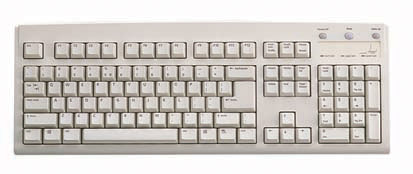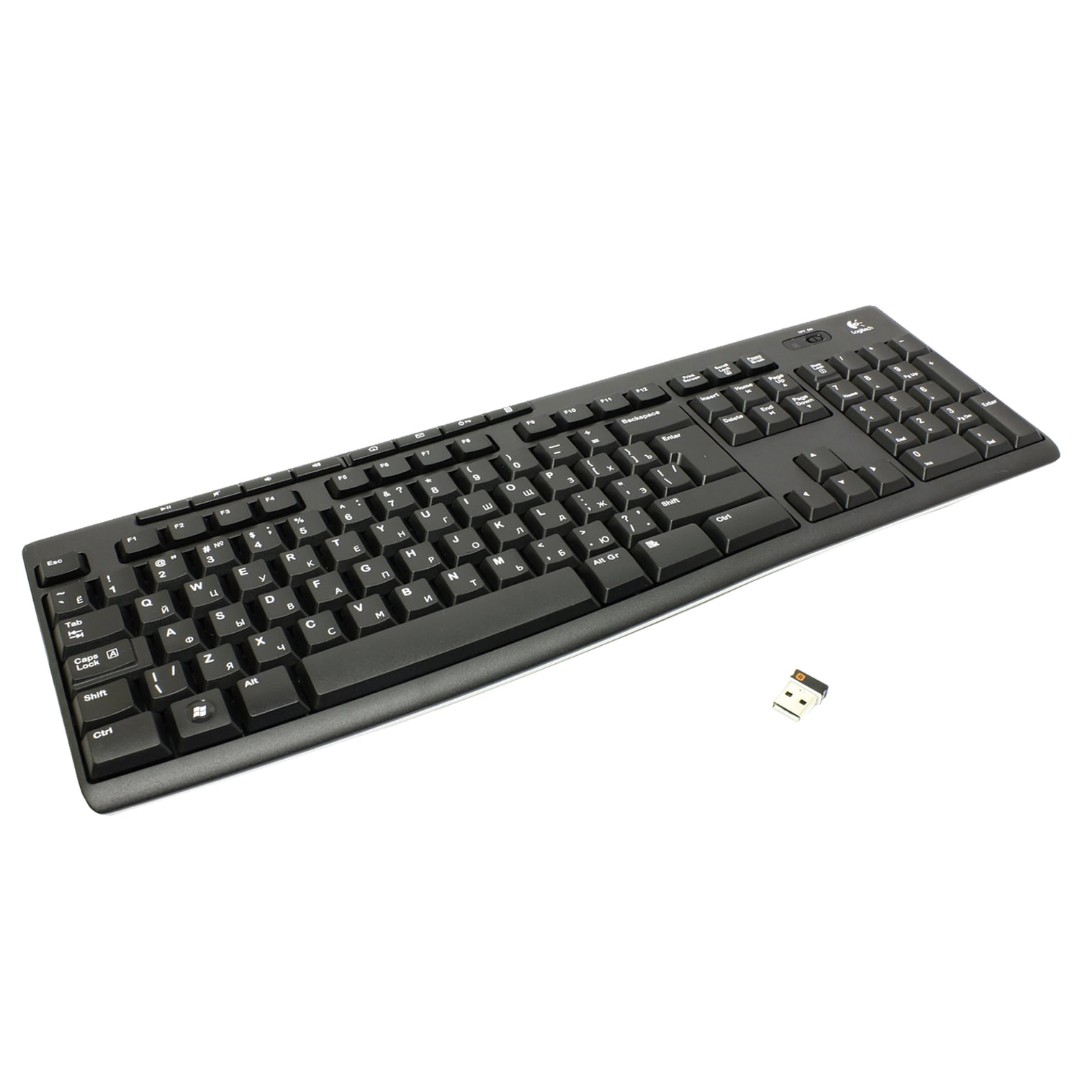
When working in MS Word 2003, switching from Russian to English may cause the font to switch from the current font to another font. The font changes when going from Russian to English or vice versa

I'm not sure that will help anyone read directions and follow them, but I really like Canada. Honestly, you'd think that if the instructions say to unzip the file, people would actually unzip the file, but no fewer than four otherwise bright people have told me that the keyboard wouldn't work for them, when in fact they had simply failed to follow the written directions. If you see a zipper on the folder, that means it's still zipped.
Claviatura russian zip#
Installation will not work from inside a zip file. You must not skip the instruction to unzip the russianq.zip file.
Claviatura russian windows#
The keyboard is now ready to be used in the programs that are designed for Windows XP. Use the same key sequence to switch back to English. You should now see "RU" in lower right of the window, which indicates that the Russian keyboard is now activated. To switch to Russian, hold down the left "Alt" key while simultaneous pressing the left "Shift" key.
Claviatura russian download#
Right click on this link russianq.zip to download the russianq.zip file and save it to your hard disk. Three step installation instructions Download and unzip

The forward slash is produced by pressing the control key and forward slash key at the same time. The em dash ( ―) is produced by pressing the control key and the hyphen at the same time. The other keys are the same as an American keyboard except that numero symbol ( №) fills the # position, left and right кавычки (guillemets) take the place of the less-than and greater-than symbols on the comma and period keys, and a combining acute accent mark takes the place of the forward slash (solidus). The letter positions are the same as the AATSEEL student homophonic keyboard. The keyboard is meant for Windows XP, but it will probably work under Windows NT and Windows 2000 as well. Here is the keyboard layout used on the "Russian for Gringos 2" keyboard. Vista Version | XP version | Linux versions Russian Keyboard for US Students Truly Ergonomic 109/209 only offers four usable extra “International” keys (top left, bottom left, bottom right and second-top middle in the default), and three of those are in inferior positions (long stretch of pinky) only suitable for the less-used letters or characters."Russian for Gringos (ver 2) Keyboard Layout" You have to remember which layout you are in, and you have to switch layouts if you are writing Russian and need any ofĮven if I heavily customize my Russian layout, it does not magically create 7 new letter keys. Needless to say, it is inconvenient - it introduces modality. Keys for letters, and shuffle their punctuations over other, less frequently used keys. Russian keyboard layout, from Microsoft Windows.Īs a consequence of this, the Russian layout cannot just place letters on letter keys and leave punctuation alone.

(In the times of Soviet Union and the Cold War there were designs with a halfway adequate number of keys, but that legacy is lost to us.) Keyboards in Russia do not compensate for this.(But still way less than Japanese, who have to sacrifice digits and most every punctuation key in order to fit all of the 45+10 kana letters.) That's 7 more than English and 4 more than Swedish, Danish or Norwegian. Russian language uses an alphabet of 33 letters.Now, Russia and the Russian language have a couple of unfortunate properties: I have to write in English, Russian and several computer languages. So, programing in Russia is quite painful.Īs a Russian computer user, I have to deal with language-specific layouts constantly. If you need to type them, you need to switch layout out of Russian.


 0 kommentar(er)
0 kommentar(er)
